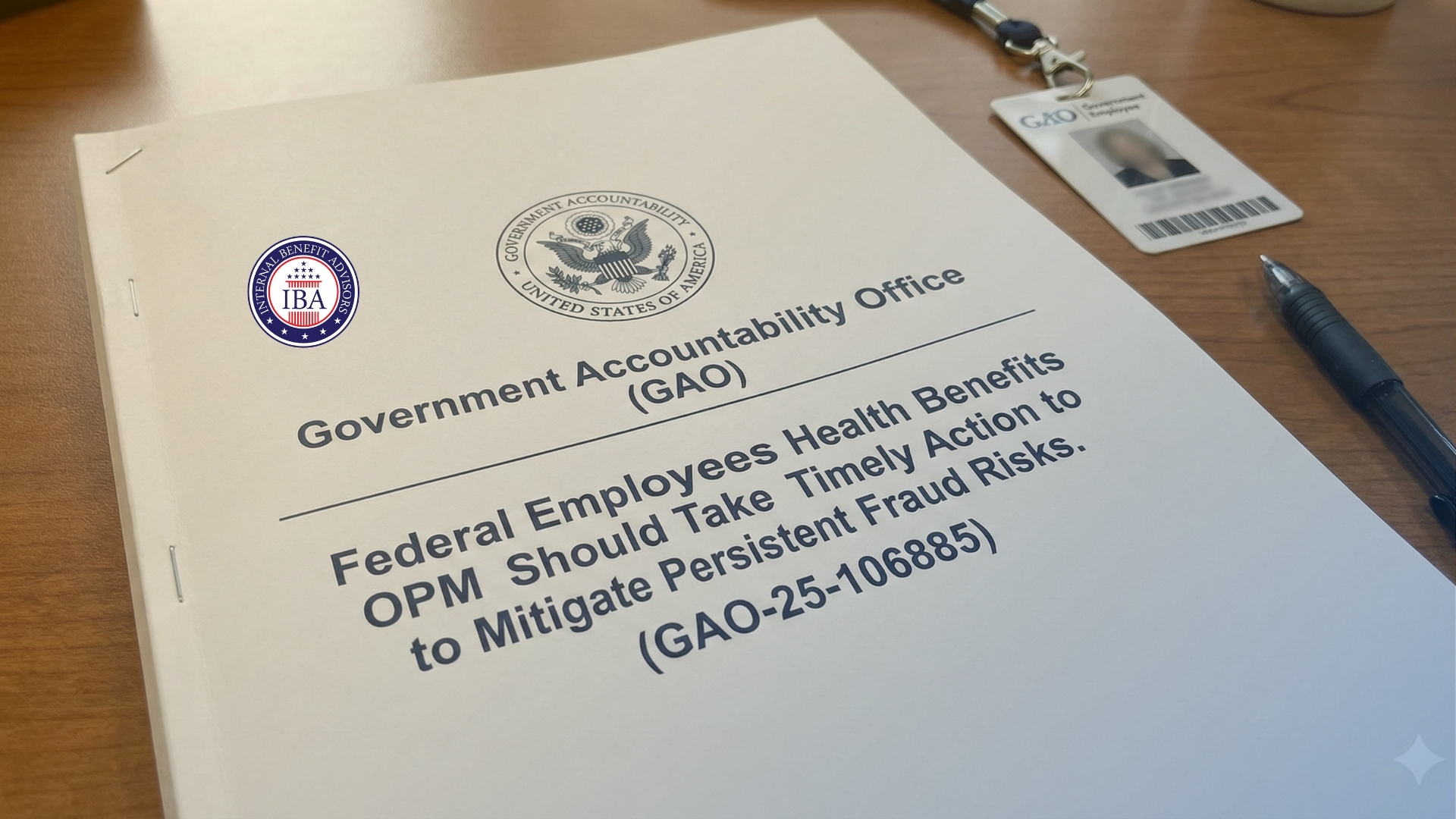The first draft of the annual general government spending bill as passed by a House subcommittee agrees. To President Biden’s proposed 2.7 Percent Pay Raise for federal employees in January by taking no position on the issue.
If that silence continues throughout the year, the recommendation would take effect by default. However, federal employee organizations and some Democrats have been advocating for 3.2 percent. And also many steps lie ahead before a final decision is made.
Even 2.7 percent pay raise likely would be split between across-the-board and locality components. Another decision that lies ahead, potentially not until near near year’s end. When such splits occur, the majority of the amount typically goes to the former component, leaving relatively little variation. On the order of several tenths of a percentage point above or below the enacted figure—in the locality component.
The House typically passes its appropriations bills first. With Senate action later. And then the dozen measures commonly are combined into only one or several. Because the budget process got off to a late start due to the change in party control of the White House. It is generally assumed that some form of stopgap funding will have to be enacted ahead of the October 1 start of the new fiscal year, with a final version later.
End to FEHB Abortion Ban
In one notable policy change, the bill would discontinue a general ban. On coverage for abortions. And also related services in the FEHB program. That ban has been in predecessor versions of the general government appropriations bill for at least several decades. It is proposed removal almost certainly will be a point of political controversy as the bill moves forward. Even if it is ultimately enacted, it’s unclear whether it could take effect for 2022 since negotiations already are well under way between OPM and the carriers over coverage terms and premiums for the upcoming plan year.
The bill however does continue several other long-running policies of its predecessors. Including extending the moratorium on starting new “Circular A-76” studies that can lead to contracting out of commercial-type federal jobs.
To see the original article published on Fedweek, click here.




